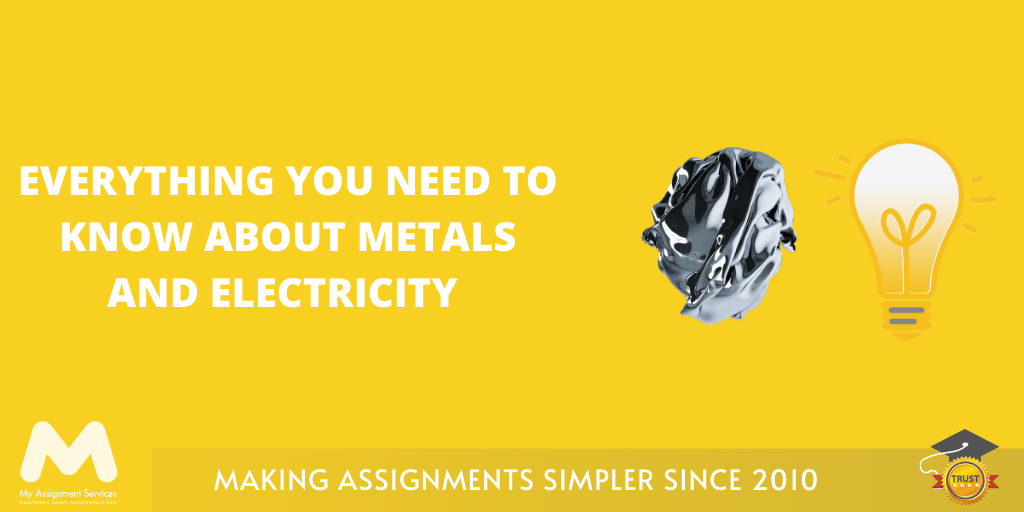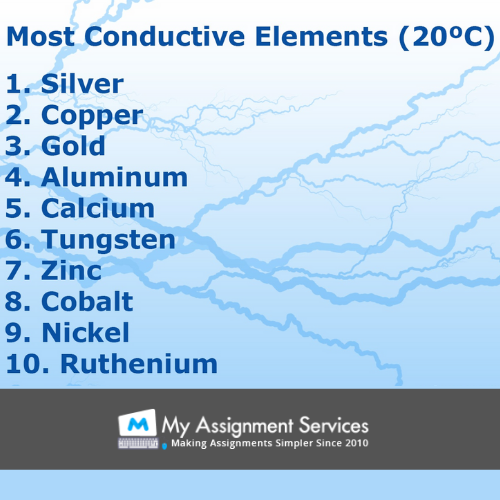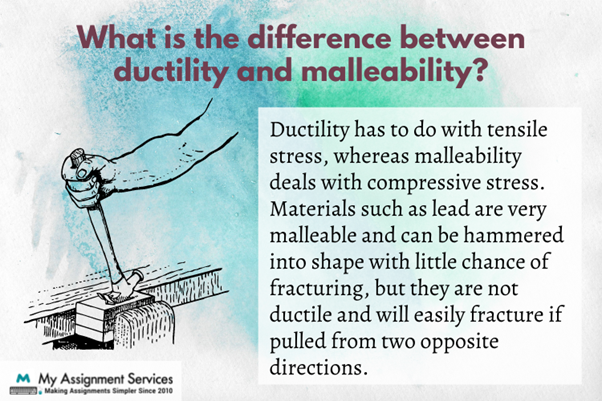
To understand the behaviour of metals and metallic substances with regards to heat distribution, it is important to start with understanding the fundamental aspects of the anatomy of metallic minerals. Metallic minerals that occur in nature in their true natural forms can conduct electricity more readily than other kinds of naturally occurring minerals. Over the years, researchers have invested massive amounts of resources and money into finding out about the structure and anatomy of minerals which helps them in the conduction of electricity.
Research and development in this regard are extremely important as it helps in creating better technologies, more efficient and cost-effective technologies. Metals are known to conduct electricity better than non-metals. Therefore, metals like copper, zinc and aluminum are used in the manufacturing of the cathode and anodes required in an electric wire. Other electrical instruments and devices also make use of metals to provide for greater efficiency and ease of use. In this blog, we will try to provide you with a brief description of metals and electricity. Whereas by their inherent anatomy, metals are more conducive to heat conduction, not all metals conduct electricity with the same intensity.

Why Do Metals Conduct Electricity?
Also, isn’t it interesting to note that metals are among the only naturally occurring substances in the world that conducts electricity? The biggest rationale behind metals conducting electricity is the presence of free electrons. Metals have free electrons. This means that whereas most other naturally occurring minerals are bound to a particular atom, metals are not associated with a particular atom. This provides for the delocalized particles or atoms to traverse freely as an outcome of the possible difference. To start with understanding how this happens, it is important to take a look at the electrical properties of metals.
What is Metallic Bonding?
You might not have been able to wrap your head around the concept of metallic bonding while you were still in middle school or high school. However, to get a good grade in the subject of physics, it is important to understand metallic bonding. If you are studying physics in your undergraduate program, having a sound understanding of metallic bonding is extremely important as it forms the basis of the curriculum for physics. Metallic bonding is facilitated through an infinite number of electrons. These are delocalized particles which are characterized by free movement. They get into motion as soon as they are stimulated by a voltage.
Now it is only natural to wonder why metals have an infinite number of electrons and how it affects their anatomy and behaviour with electricity. This is facilitated through quantum interactions. All kinds of metallic atoms share the external electron. Contrary to the behaviour of orbiting a particular particle, the electrons are characterized by a free movement which means that they roam about groups of metallic particles or atoms. This forms an intense covalent bond rather than a bond created merely by the sharing of atomic particles between two or more atomic particles.
The electron sea theory can provide a descriptive explanation of this theory. The metallic atoms are sequenced in such a manner to form a repeating pattern. They often also form a crystal-like structure wherein the ideal space between these atomic particles is filled up with electrons and particles that are characterized by free movement.

This Bonding Is Why Metals Have So Many Shared Properties. Here Are Some of Them
- Malleability: Malleability is the ability of a metal to be battered and formed into a sheet. Malleability is one of the characteristics that determine how readily a metal will conduct electricity. The malleability of a metal is directly related to its capacity to conduct electricity.\
- Ductility; Ductility refers to the capacity of a metal to be converted into a thin wire. It is a known fact that metals that are more ductile than others also conduct electricity more easily than those metals that are not so ductile. Aluminum and copper are some of the most ductile metals known to mankind. This explains why they are used widely in the manufacturing of electrical products such as wires, conductors and transformers.
- High melting point: This is all the more relevant when it comes to transition metals. Metals usually have a high melting point which means that the metallic bonding between the particles is quite robust. This helps in the better transfer of heat and energy between the particles. This also means that the particles can conduct electricity in a better way.
- Strength and agility; Since most metals have an inherent strength and agility which is greater than non-metals, they have a higher metallic bond. The greater the strength of the bond, the more efficiently there will be an energy transfer between the various particles in the metal.
- Shine: Although shine does not directly aid in an efficient transfer of electricity, it is prudent to believe that the two phenomena are intricately related to one another. Metals get their lustre from the close bond between the particles. This bond also facilitates and helps in the transfer of heat and thermal energy. Similarly, a robust bond also quite automatically translates into greater conduction of electricity.
- Thermal conductivity: As discussed above, thermal conductivity is directly proportional to the conductivity of electricity. When the structure and anatomy of a mineral are such that it aids thermal transfer, the same characteristics also allow for an electricity transfer with the same efficiency. To understand why metals conduct electricity, it is important to understand the most fundamental factors related to metallic bonds and thermal transfers.
Get One-to-One Assistance from Our Engineering Experts
If you feel like you just can't wrap your head around the topic, it might be prudent to get engineering assignment help from the tenured experts at My Assignment Services. Here are just some of the advantages of getting professional engineering assignment help with your homework.
- Never miss a deadline with timely engineering assignments help
- Thorough editing, proofreading and quality assessment
- Earn loyalty points with every order
- Get citations in the required referencing style.
Related Study Materials
Our Experts can answer your Assignment questions instantly.
Ask Question0 Comment
Get It Done! Today
1,212,718Orders
4.9/5Rating
5,063Experts













Loved reading this Blog? Share your valuable thoughts in the comment section.
Add comment